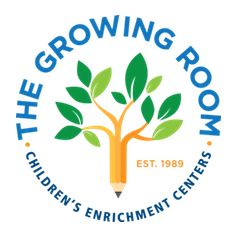Experiential learning is the process of learning through experience. It involves trial by error. What may be considered a “mistake” in a more traditional setting becomes a valuable part of the learning process. Students learn not to fear mistakes, but rather to view them as part of the process of learning. When students engage in hands-on tasks, they discover that some approaches work better than others. The methods that don’t work are simply discarded and serve an integral part of the process of exploration that spawns new approaches. Experiential learning teaches students not to fear mistakes, but value them. It also accelerates and improves attitudes towards learning.
Learning Made Personal
When material being taught does not seem relevant to students they tune out. Experiential learning avoids this pitfall by taking concepts and data and making them real by applying them to hands-on projects with real life results. It bridges the gap between theory and practice in a manner that resonates with students on a deeper level. The methodology takes traditional learning out of the classroom and imparts knowledge in a manner that lives within the student. The act of doing makes learning feel relevant and extremely personal for the child; it becomes real to them. As each child’s journey is influenced by past experiences, they will interact with the task in different ways and come to their own conclusions. This is why experiential learning is more reflective of “real” society.
Learning Accelerated
When a student is happily engaged he not only learns quicker, he retains the information. Experiential learning replaces rote learning with a methodology that requires problem solving and decision making. These processes bolster self-initiative, encourage self-assessment and accelerate the learning process by employing critical thinking skills.
Learning Enhanced through Reflection
Reflection is an essential element of the experiential learning process. As students incorporate concrete experiences to abstract concepts they have the opportunity to reflect upon the outcome and how it translates to the real world. Reflection also provides a clearer understanding of how learned concepts bring about different conclusions to a proposed concept or task.
The opportunity to analyze how their outcome differs from fellow students allows students to consider how their specific actions affected outcome—and how or why their outcome may differ from others. Again, this model of learning is more reflective of life outside of the classroom where varied circumstances can generate multiple solutions. The amount of reflection provided through doing manifests itself as a student who is intellectually and emotionally invested in the project at hand.
Learning Spawned by Collaboration
As referenced above, problems in the real world often have more than one solution and working in collaboration with others can help reinforce the importance of that concept. Collaboration also provides exposure to the power of teamwork when it comes to problem solving. Group experiential learning enables students to creatively engage with others, offering their own unique perspective to tasks that increases engagement and a sense of ownership in the event. The creativity and the variety of results produced enrich the learning environment of the students.
Learning Geared Towards Adulthood
Experiential learning projects are career oriented because they are rooted in real world activities. As students engage in the various projects, they begin to discover their own passions, aptitudes, and skills. This discovery enables students to begin charting their path toward advanced study and career choice. Through experiential learning, students learn to work closely and effectively in groups, develop plans of action, utilize the unique qualities of team members, and respect the diversity of ideas—all qualities valued in the real world.


